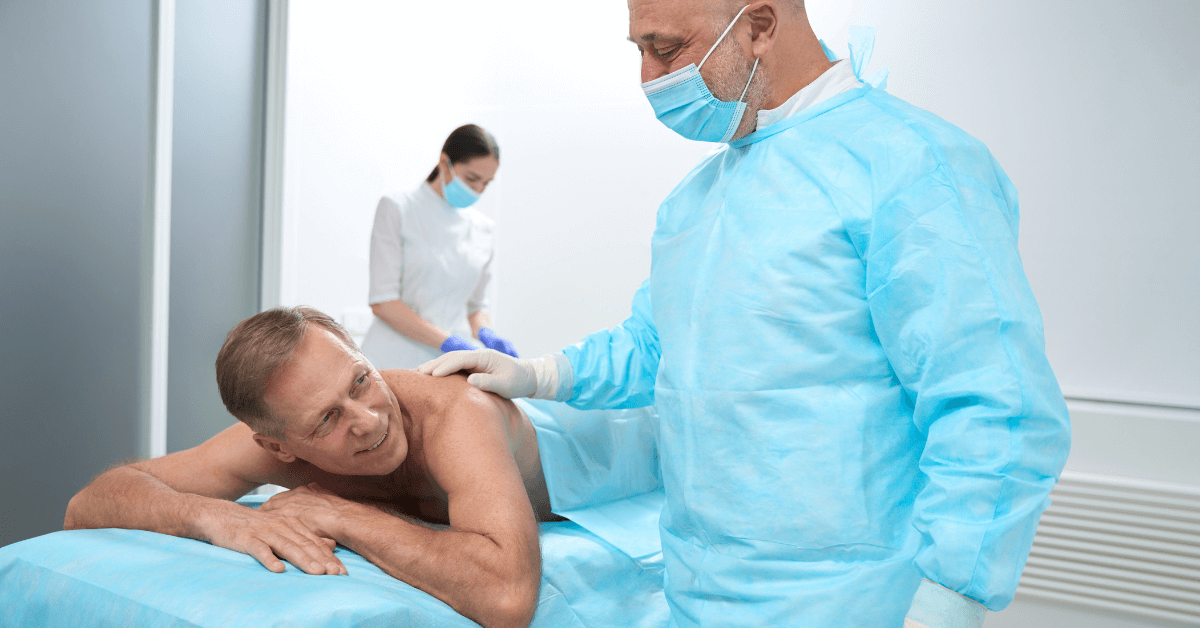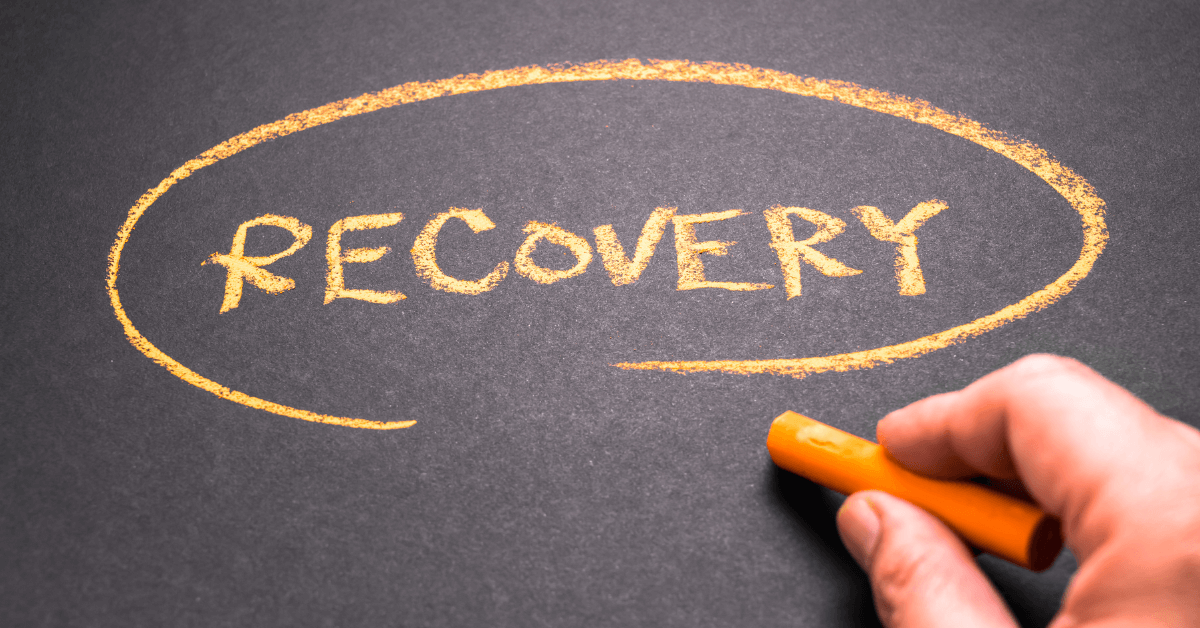Hemorrhoids are a common and often uncomfortable condition, yet they remain shrouded in misinformation and embarrassment. Many people suffer in silence or rely on inaccurate advice due to widespread misconceptions. This blog aims at debunking hemorrhoid myths, separating fact from fiction, and providing accurate, evidence-based information. By understanding the truth about hemorrhoids, you can better manage symptoms, seek appropriate treatment, and improve your overall well-being.
Myth 1: Hemorrhoids Are Always Painful
One of the most pervasive beliefs about hemorrhoids is that they always cause excruciating pain. While some types of hemorrhoids can be very painful, this is not universally true. Therefore, debunking hemorrhoid myths regarding pain is essential for proper identification and treatment.
The Reality: There are two main types of hemorrhoids: internal and external. Internal hemorrhoids form inside the rectum and typically do not cause pain because this area has few pain-sensing nerves. You might notice them through painless rectal bleeding during bowel movements. Sometimes, an internal hemorrhoid can prolapse, meaning it pushes outside the anus, which can then cause discomfort or mild pain. In contrast, external hemorrhoids form under the skin around the anus, where there are many pain-sensing nerves. These can indeed be very painful, especially if they become thrombosed (a blood clot forms inside them). So, while pain is a symptom, its absence does not rule out hemorrhoids.
Myth 2: Only Older Adults Experience This Condition
Many people mistakenly believe that hemorrhoids primarily affect older adults. However, this is far from the truth. Debunking hemorrhoid myths about age reveals a broader demographic at risk.
The Reality: While the risk of hemorrhoids does increase with age, people of all ages can develop them. In fact, hemorrhoids are quite common among younger adults and even adolescents. Pregnancy is a significant risk factor for women, regardless of age, due to increased pressure on the pelvic veins. Similarly, chronic constipation or diarrhea, prolonged sitting, and heavy lifting can contribute to hemorrhoid formation in individuals across the age spectrum. So, if you are young and experiencing symptoms, do not dismiss them simply because you believe you are “too young” for hemorrhoids.
Myth 3: Hemorrhoids Always Require Surgery
The thought of surgery often deters people from seeking help for hemorrhoids. However, the idea that all hemorrhoids need surgical intervention is a common misconception that needs addressing. This is a critical point when debunking hemorrhoid myths.
The Reality: The vast majority of hemorrhoid cases can be managed effectively with conservative treatments. These often include dietary changes, such as increasing fiber and fluid intake to soften stools, as well as lifestyle adjustments like avoiding prolonged sitting on the toilet and regular exercise. Over-the-counter creams, ointments, and suppositories can also provide relief from symptoms. For more persistent cases, non-surgical office procedures like rubber band ligation, sclerotherapy, or infrared coagulation are highly effective and minimally invasive. Surgery (hemorrhoidectomy) is typically reserved for severe cases that do not respond to other treatments or for very large, prolapsed hemorrhoids.
Myth 4: Hemorrhoids Can Lead to Cancer
This is perhaps one of the most frightening and persistent myths surrounding hemorrhoids. The fear that hemorrhoids can turn into cancer often causes significant anxiety and prevents individuals from seeking diagnosis. For this reason, debunking hemorrhoid myths about cancer is incredibly important.
The Reality: Hemorrhoids themselves do not cause cancer, nor do they increase your risk of developing colorectal cancer. They are entirely separate conditions. However, hemorrhoids and colorectal cancer can share some similar symptoms, such as rectal bleeding, changes in bowel habits, and discomfort. This is precisely why it is crucial to consult a doctor if you experience these symptoms, especially if they are new, persistent, or accompanied by other worrying signs like unexplained weight loss or severe abdominal pain. A medical professional can accurately diagnose the cause of your symptoms and rule out more serious conditions.
Myth 5: Spicy Foods Cause Hemorrhoids
Many people believe that consuming spicy foods directly leads to the development of hemorrhoids. While spicy foods might exacerbate symptoms for some individuals who already have hemorrhoids, they are not a primary cause. This is another important aspect of debunking hemorrhoid myths.
The Reality: The actual causes of hemorrhoids relate to increased pressure in the veins around the anus and rectum. This pressure can result from straining during bowel movements (often due to constipation), pregnancy, prolonged sitting, or heavy lifting. While spicy foods can irritate the digestive tract and potentially make bowel movements more uncomfortable for those with existing hemorrhoids, they do not directly cause the condition. Therefore, if you enjoy spicy foods and do not experience any discomfort, there is no need to avoid them purely out of fear of causing hemorrhoids.
Myth 6: You Cannot Exercise with Hemorrhoids
Some individuals believe that physical activity can worsen hemorrhoids or is simply too painful to undertake. This misconception can deter people from engaging in beneficial exercise. This is a myth we must address when debunking hemorrhoid myths.
The Reality: In most cases, light to moderate exercise is not only safe but can actually help prevent and manage hemorrhoids. Regular physical activity promotes healthy bowel function, reduces constipation, and can help maintain a healthy weight, all of which are beneficial for hemorrhoid prevention. Activities like walking, swimming, and yoga are generally well-tolerated. However, certain high-impact activities or heavy weightlifting that significantly increase abdominal pressure might exacerbate symptoms for some individuals. If you have active hemorrhoids, consult your doctor about suitable exercise routines.
Myth 7: All Rectal Bleeding is from Hemorrhoids
While hemorrhoids are a very common cause of rectal bleeding, assuming all blood in your stool is due to hemorrhoids can be dangerous. This is a crucial area for debunking hemorrhoid myths because it relates to serious health concerns.
The Reality: Rectal bleeding can be a symptom of various conditions, ranging from relatively benign ones like hemorrhoids and anal fissures to more serious issues like inflammatory bowel disease, polyps, or colorectal cancer. Never self-diagnose the cause of rectal bleeding. If you experience any blood in your stool, whether it is bright red or darker, you must seek medical attention. Your doctor can conduct the necessary examinations and tests to determine the exact cause and ensure you receive appropriate treatment.
Conclusion
Debunking hemorrhoid myths is essential for promoting better understanding, reducing stigma, and encouraging individuals to seek timely and effective care. Hemorrhoids are a common medical condition that can affect anyone, regardless of age, and they rarely require surgery. More importantly, they do not lead to cancer, though similar symptoms warrant medical investigation. By arming yourself with accurate information, you can take control of your health, manage symptoms effectively, and prevent unnecessary worry. Do not let myths prevent you from getting the care you deserve.



